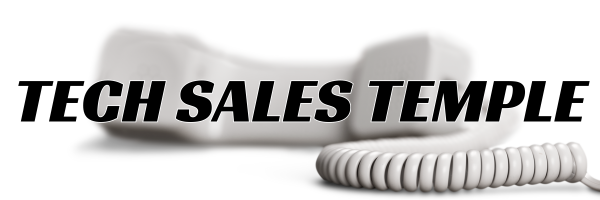GAP Selling: Revolutionize Your Business Sales Tactics
In the competitive B2B sales landscape, staying ahead requires evolving strategies. GAP Selling emerges as a transformative approach. It zeroes in on the customer’s specific needs and the gap between their current situation and desired outcomes. Renowned sales coach Keenan, known for his straightforward style, developed this logical strategy. It helps sales professionals avoid common pitfalls and achieve better results. This article explores the principles of selling the GAP and how to implement them.
What is GAP Selling?
GAP-Focused Selling is based on the concept of identifying and addressing the “gap” between the customer’s current state and their desired future state. It’s a consultative selling technique that shifts the focus from selling products to solving customer problems. This approach encourages salespeople to develop a deep understanding of the customer’s environment, challenges, and goals.
The Core Principles of GAP Selling
- Customer-Centric Approach: At its heart, GAP Selling is about placing the customer’s unique needs and problems first. It requires a deep understanding of the challenges that the customer faces and the outcomes they wish to achieve.
- Solution-Based Selling: Unlike traditional selling methods that focus more on the features of a product, GAP-Focused Selling emphasizes tailoring solutions that bridge the gap between the current and desired scenarios.
- Engagement and Collaboration: This strategy involves engaging the customer in the selling process, fostering a collaborative relationship that facilitates a better understanding of their needs. The job of the seller is to act as a trusted advisor.
Implementing GAP Selling in Your Business
For businesses looking to adopt the GAP methodology, understanding the process of implementation is critical. This section covers the practical steps needed to effectively integrate the GAP framework into your sales strategy.
Identifying the Customer’s GAP
The first step to close the GAP is to identify the customer’s gap. This involves detailed questions, discussions and needs analysis to understand what the customer is missing to achieve their desired outcomes. It’s the job of the Seller, not the customer’s, to identify and define this gap.

Tailoring Solutions to the GAP
Once the gap is clearly defined, the next step is to position and tailor solutions that specifically address the identified needs. Customers are not buying the product, they are buying the gap. Buying the gap means that they are buying change.
Success Stories
At Tech Sales Temple, we are strong advocates of the GAP methodology, because it delivers results. GAP-focused Selling concentrates on understanding where prospects are, identifying their pain points, and recognizing their desired future state. At its core, this approach is about selling change, not just features. It’s about seeing products or services as tools to bridge from the current state to a desired future, solving real problems along the way. The essence is to really understand that products and services are vehicles to solve a pain. That’s what gives them value.
Selling the GAP in Tech Sales
In tech sales, selling the GAP really makes the difference. It’s not about just selling tech products; it’s about selling change. You start by figuring out where your customers are now and where they want to be. To do this in the optimal way, you can use the MEDDICC framework and combine the two methodologies. Then, you show them how your tech can help close that gap. By focusing on these specific needs, you turn your tech solutions into must-have tools that help your customers reach their goals. This approach shifts the focus from just pushing products to providing real solutions, which is key in the tech industry.
